
Helsinki City Museum: Helsinki through the years
Continued from Helsinki City Museum: Old Helsinki days

At the second floor is the Russian era where more interesting artifacts are displayed. We took longer time at another section in the ground floor which highlights the era of Finnish independence from Russian rule, the consequent changes in Finnish lifestyle and the city’s progress that followed.

Museum caption in English: “Ration cards with cases and paper fabric purse from the 1940s. Food was rationed between 1939 and 1954.”

Museum caption in English: “Name tag and identity disc of child evacuee. 1939-45 more than 70,000 children evacuated from Finland to Sweden, Denmark and Norway.”

This is the top view of a miniature model of a clothing factory which I find so charming. The tiny dolls are busy seaming and working on equally tiny pieces of textile and sewing machines.

A huge poster of “I live in Helsinki” in many languages. Can you spot your own language here?
The multicultural environment in Helsinki is well summed up by these paragraphs posted in a nearby wall:
Who are we?
Helsinki is once again a multicultural city. In ten years refugees and immigrants have moved to Helsinki from all corners of the world. Today, there are 200 different mother tongues spoken in Helsinki. However, foreigners make up around just five per cent of the Helsinki population.
Finland joined the European Union in 1995. Despite geographical distance, Finland is closer to mainstream Europe. People and goods can move freely within EU Member States. The introduction of a common European currency brings us even closer to Europe.
Population growth in Helsinki has accelerated since the 1990s. The IT breakthrough has added to the attraction of the Helsinki region. In the midst of rapid change, people want to cling to something familiar and permanent. For example, there is a growing interest in Helsink slang. The Helsinki spirit of tomorrow is a blend of old and new.
The few hours spent going through the history of Helsinki as a city (and of Finland as a whole) left an impression of admiration, knowing that it went through hard and difficult times such as fire devastation, children being evacuated to nearby countries, food being rationed, and other turbulent events such as wars and diseases. It thrived through those trying times and developed to be one of Europe’s modern cities.

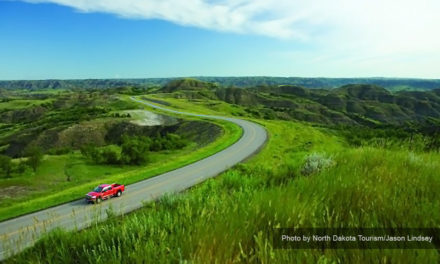
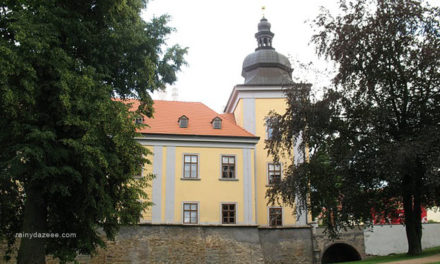
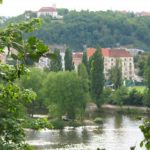
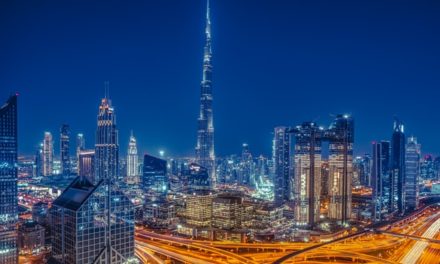
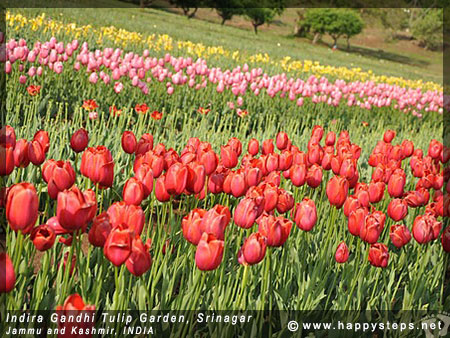
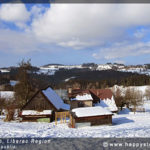
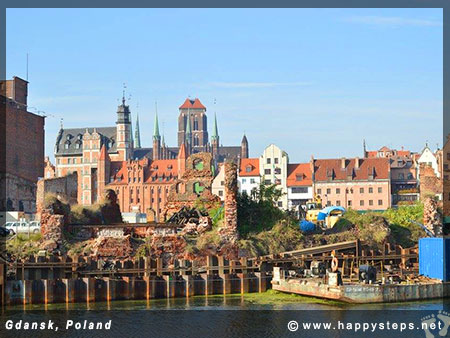
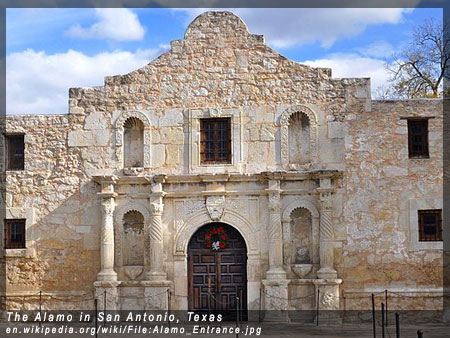
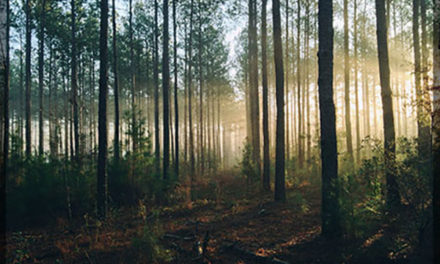


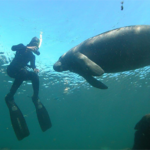
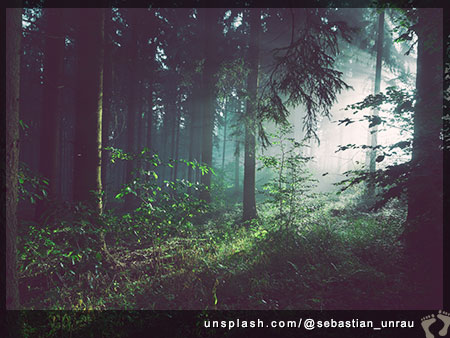
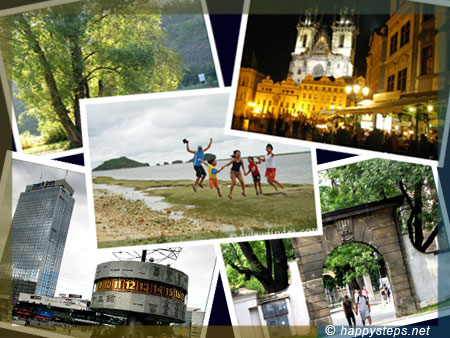
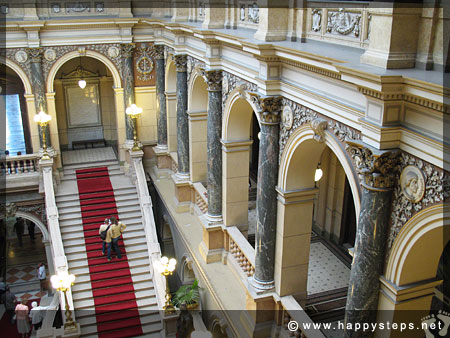
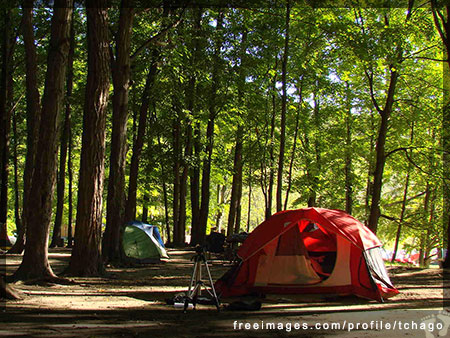
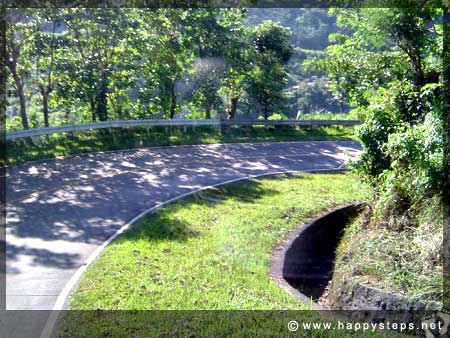
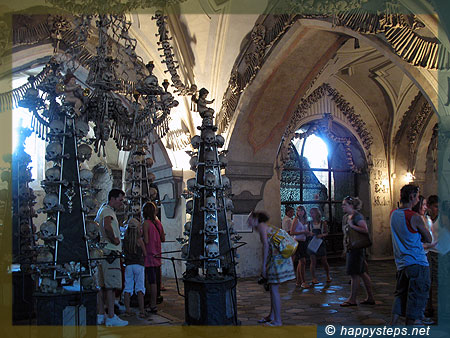

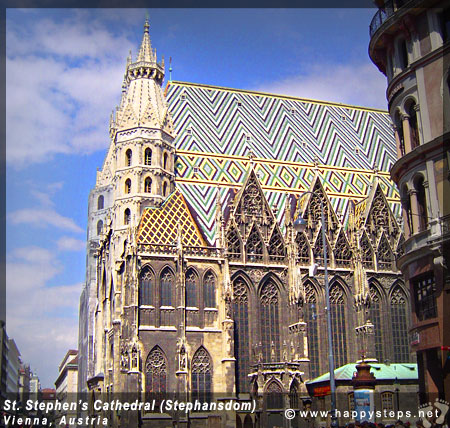


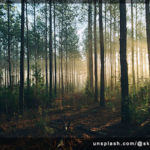

Very nice information tour about Helsinki!